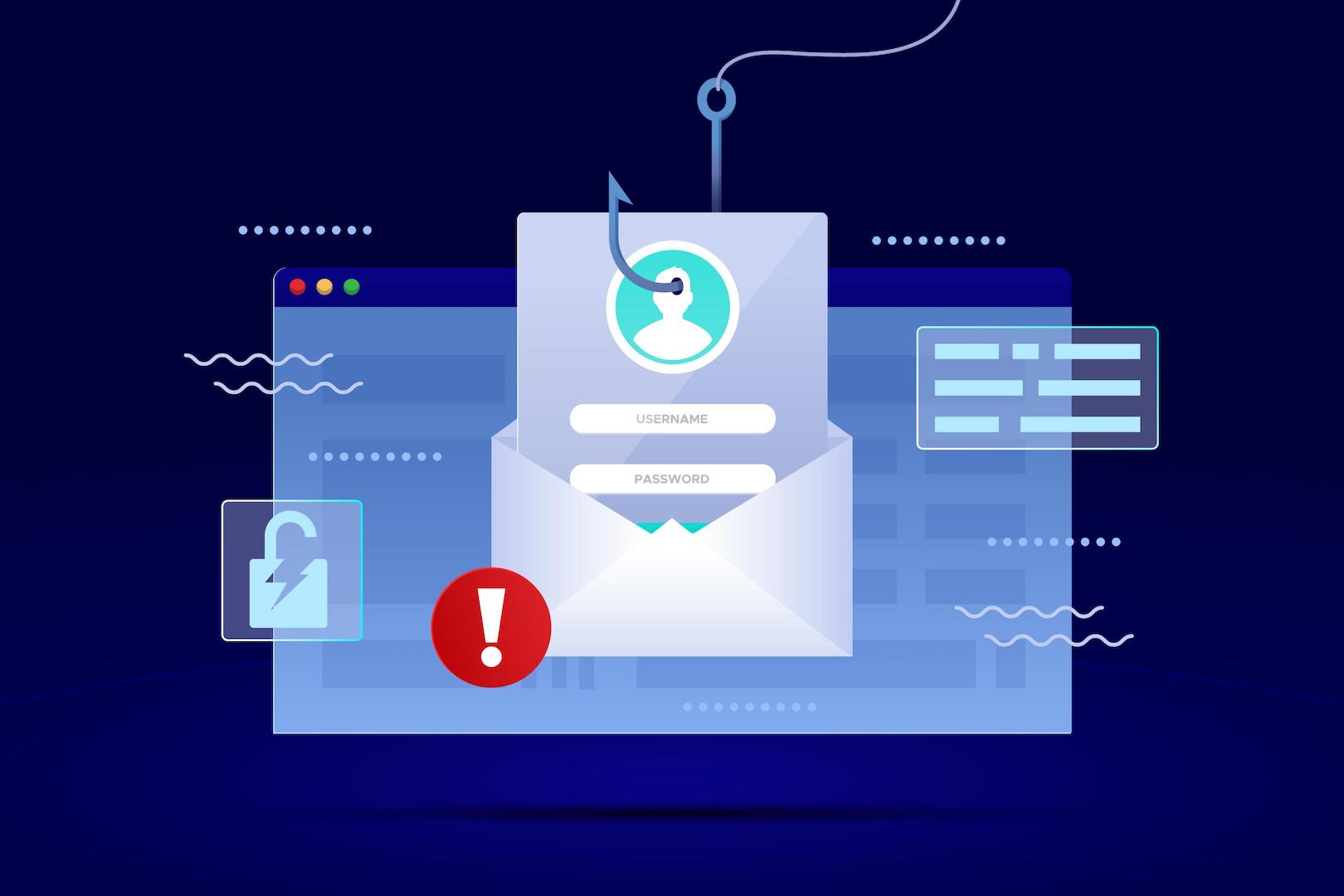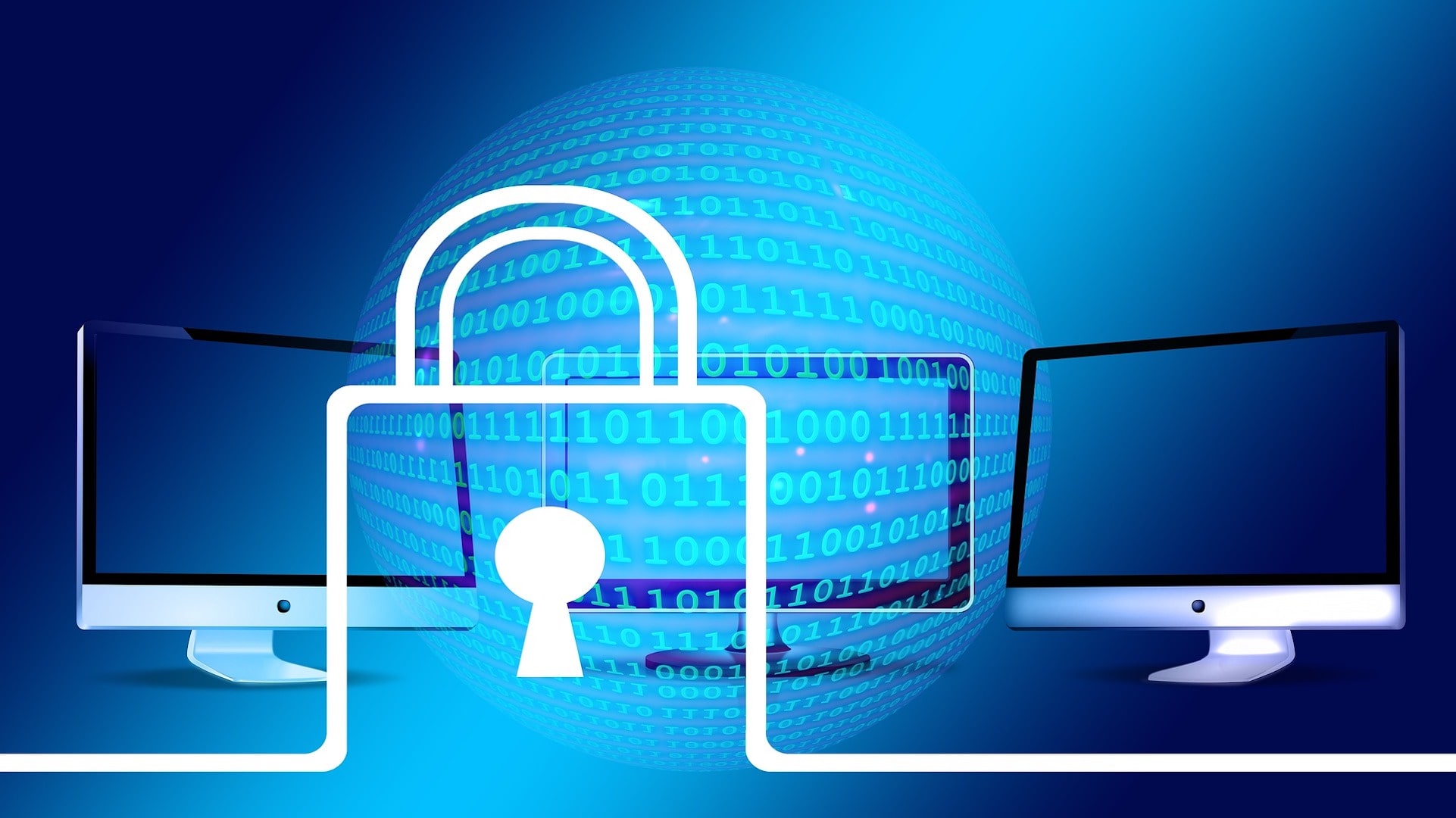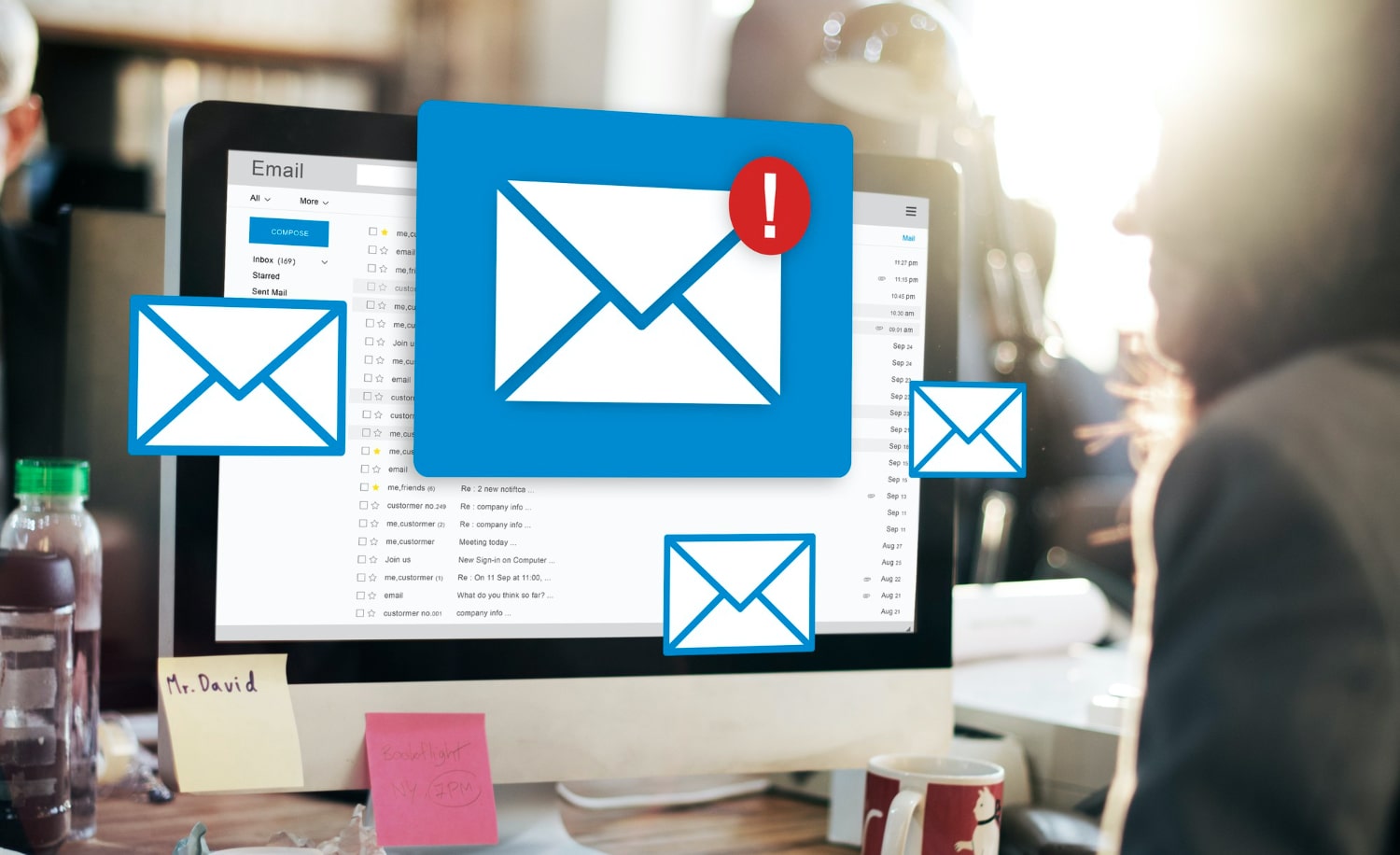All business email or domain-based email users might have come across the DMARC one way or another. At some point in time, you might have received a suggestion or recommendation by the email service provider to setup or configure the DMARC on DNS (Domain Name Server).
DMARC is considered to be an important additional email authentication method to add an extra layer of security for business or domain-based emails. The DMARC takes the email authentication beyond SPF and DKIM records by telling the recipient email server what to do after checking a domain’s SPF and DKIM record.
What is a DMARC Record or Policy?
Domain-based Message Authentication, Reporting & Conformance (DMARC) is an essential DNS (Domain Name System) record to strengthen email security by preventing email spoofing. It builds on other email authentication protocols, like SPF (Sender Policy Framework) and DKIM (DomainKeys Identified Mail), by providing a mechanism for domain owners to specify which protocols are in place and how to handle messages that fail authentication.
DMARC also ensures that emails are genuinely sent from the domain they claim to originate from. Domain owners can set the policy such as quarantine, reject, or allow for emails that fail the SPF and DKIM validations.

How Does DMARC Work?
DMARC provides a way for domain owners to publish policies regarding their email authentication practices. It tells receiving email servers what to do when an email fails SPF or DKIM checks. These instructions are outlined in the DMARC record, which is a text entry in the DNS.
When an Email is Sent From Your Domain:
1. SPF DNS record checks if the email is coming from an authorized IP.
2. DKIM DNS record verifies the authenticity of the email content using cryptographic signatures.
3. DMARC DNS record validates and compares the results from SPF and DKIM and then takes action (such as quarantine, reject, or allow) based on the configuration of the domain owner’s policy.
Why is DMARC Important for Email Security?
- Prevents Email Spoofing and Phishing
- Improves Brand Trust and Reputation
- Enhanced Reporting and Visibility
- Compliance with Industry Standards
Setting Up DMARC: What You Need to Know:
- Create a DMARC record in your DNS zone, specifying your policy (none, quarantine, or reject) for handling unauthorized emails.
- Monitor reports to track how your domain is being used and identify any malicious activity.
Align SPF and DKIM with your domain’s email structure to ensure DMARC works effectively.
How To Set DMARC for Domain example.com?
Condition: “If an email fails the DKIM and SPF tests, mark it as spam.”
v=DMARC1; p=quarantine; adkim=s; aspf=s;
Condition: “If an email fails the DKIM and SPF tests, do not deliver it.”
v=DMARC1; p=reject; adkim=s; aspf=s;
To send reports about emails that pass or fail DKIM or SPF. DMARC reports are crucial as they provide the insights needed to fine-tune their DMARC policies. These reports reveal whether legitimate emails are failing SPF and DKIM checks or if spammers are attempting to send fraudulent emails, helping to enhance email security.
v=DMARC1; p=reject; adkim=s; aspf=s; rua=mailto:[email protected]
What Does This Value Mean?
- Version: Start with v=DMARC1; indicating this is a DMARC record.
- Policy (p=): Set how you want receivers to handle emails that fail validation:
- p=none: No action, just collect reports.
- p=quarantine: Move to spam/junk folder.
- p=reject: Block the email outright.
- Aggregate Reports (rua=): Specify where to send aggregate reports, e.g., rua=mailto:[email protected].
- Failure Reports (ruf=): Optionally, specify where to send failure reports, e.g., ruf=mailto:[email protected].
- Alignment Modes (aspf= and adkim=): Choose strict or relaxed alignment for SPF and DKIM, e.g., aspf=s; adkim=s.
- Percentage (pct=): Apply the policy to a percentage of emails, e.g., pct=100.
Example DMARC Record:
Example of a DMARC Record and How to Add It?
techinfobit.com’s DMARC policy might look like this:
To add the DMARC record, you need to login to your domain’s DNS setting > Create a TXT record using the DMARC values, refer to the example below;
| Host/Name | Type | Content | TTL |
|---|---|---|---|
_dmarc |
TXT |
"v=DMARC1; p=quarantine; adkim=s; aspf=s; rua=mailto:[email protected];" |
32600 |
Conclusion:
DMARC is an essential DNS setting to fight against email-based cyber threats since this helps your system verify the legitimacy of your email communications and block unauthorized messages. DMARC strengthens your email security, protects your brand reputation, and ensures that your emails reach the intended recipients. For businesses of all sizes, DMARC is a critical component of a comprehensive email security strategy.
Implementing DMARC might seem complex at first, but it is crucial in the long term to reduce the risk of phishing attacks, improve email deliverability, and enhance reporting. In a digital age where email remains a top communication tool, securing it should be a top priority.
Discover our Digital Services and get expert assistance for this and other digital solutions tailored to your needs.












